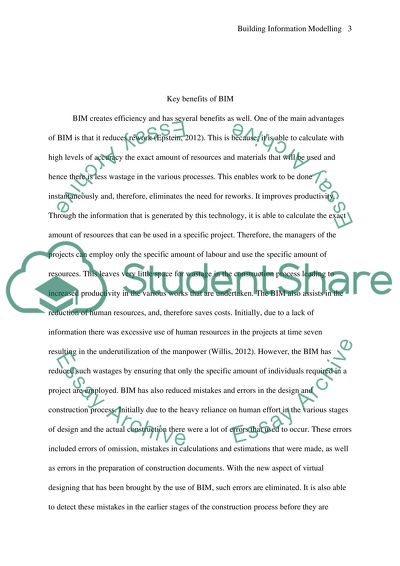Cite this document
(“Is Building Information Modelling (BIM) successfully delivering time Literature review”, n.d.)
Is Building Information Modelling (BIM) successfully delivering time Literature review. Retrieved from https://studentshare.org/engineering-and-construction/1633889-is-building-information-modelling-bim-successfully-delivering-time-and-cost-benefits
Is Building Information Modelling (BIM) successfully delivering time Literature review. Retrieved from https://studentshare.org/engineering-and-construction/1633889-is-building-information-modelling-bim-successfully-delivering-time-and-cost-benefits
(Is Building Information Modelling (BIM) Successfully Delivering Time Literature Review)
Is Building Information Modelling (BIM) Successfully Delivering Time Literature Review. https://studentshare.org/engineering-and-construction/1633889-is-building-information-modelling-bim-successfully-delivering-time-and-cost-benefits.
Is Building Information Modelling (BIM) Successfully Delivering Time Literature Review. https://studentshare.org/engineering-and-construction/1633889-is-building-information-modelling-bim-successfully-delivering-time-and-cost-benefits.
“Is Building Information Modelling (BIM) Successfully Delivering Time Literature Review”, n.d. https://studentshare.org/engineering-and-construction/1633889-is-building-information-modelling-bim-successfully-delivering-time-and-cost-benefits.


